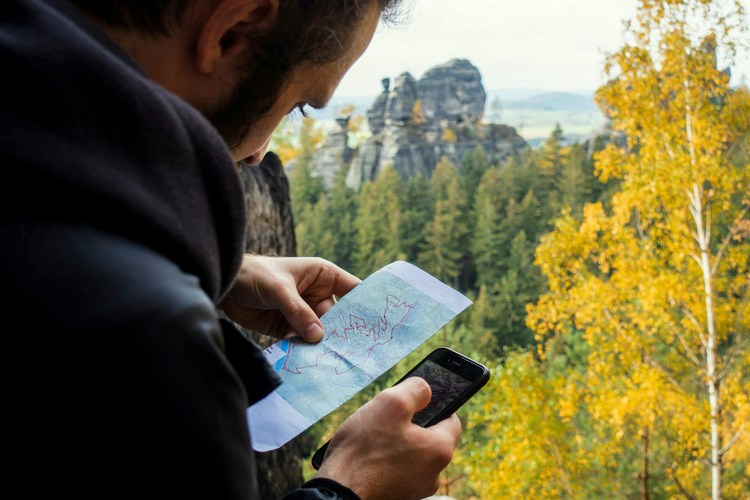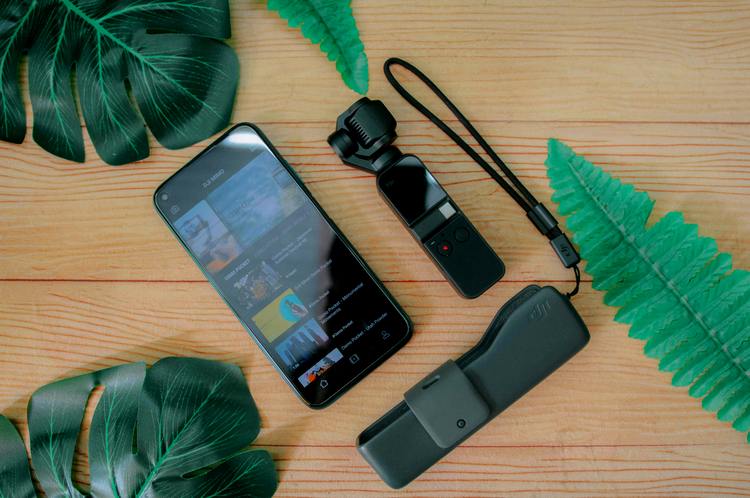How Digital Entertainment Is Reviving Our Love of the Wild
For years, technology has been blamed for pulling people indoors and away from wild spaces, yet in truth the opposite is increasingly becoming true. Digital entertainment is now acting as a surprisingly powerful gateway into outdoor curiosity, from livestreamed wildlife and community-driven hiking apps to nature-themed games that spark real-life exploration.
People aren’t just escaping into screens anymore. Now, they’re using screens to map their way back outside. Learning to identify bird calls, planning a backpacking route in a virtual map, and discovering remote landscapes through a camera feed are all ways that tech has become a stepping stone to the real world rather than a replacement for it.


How Games Turn Curiosity Into Real-World Exploration
Outdoor-inspired gaming has become a genuine bridge between digital downtime and physical adventure. That includes everything from hiking simulators and survival titles to augmented-reality apps that reward players for spotting actual plants, trails, or weather patterns.
Even lighter forms of entertainment, such as iGaming, now lean into natural settings, like the real money pokies voted by Aussies, which often feature outback animals, reef imagery, or bushland backdrops in their design.
Their popularity isn’t just about visuals either, since players also get to enjoy the convenience of being able to play games anywhere and take advantage of fast withdrawals which many platforms offer. This makes iGaming an easy, low-commitment form of escape before heading outdoors for the real thing.
The more games blur the line between “virtual wilderness” and “real wilderness,” the more they build an emotional connection to the landscapes they’re depicting. That, in turn, nudges players toward trying the real version and swapping a digital sunset over a canyon for an in-person hike to watch the sky change color before their very eyes for themselves.
Wildlife Webcams and Live-Streamed Adventure
Live wildlife streams have become a quiet global pastime, bringing viewers into eagle nests in Canada, watering holes in Namibia, and puffin cliffs in Iceland, all without narration, drama, or soundtrack. That slow, unedited window into nature encourages patience and presence, and many viewers begin to follow individual animals as if they were characters in a documentary.
For some, this can spark real-life travel plans. Tourism boards now report visitors arriving because they first discovered a location through a webcam. Conservation groups also benefit, with many livestreams now tied to donation drives, citizen science projects, or real-time tagging data. Watching the wild doesn’t feel passive anymore but instead often feels like participation thanks to today’s tech.
Outdoor Challenges Powered by Online Communities
Digital communities have revived outdoor culture in ways traditional guidebooks never could. Hikers swap GPX files of hidden waterfalls, foragers share accurate plant IDs to prevent unsafe picks, and amateur stargazers upload dark-sky ratings so travellers know where the Milky Way will actually be visible. The internet has redistributed outdoor expertise.
Apps like iNaturalist, AllTrails, Merlin Bird ID, and FatMap turn outdoor outings into layered experiences, helping people understand the terrain, species, and weather systems around them rather than simply passing through them. First-time campers now learn knot-tying, gear basics, and fire safety from short videos instead of needing a mentor. A person who once felt “not outdoorsy enough” now enters nature armed with confidence instead of caution.
Podcasts and Immersive Nature Soundscapes
Not all digital outdoor immersion needs a visual component. Nature podcasts that cover themes like expedition storytelling, wildlife behaviour, Indigenous land knowledge, and rewilding projects have become an unexpected spark for travel curiosity. Listeners start with a topic (for example, elk migration in Wyoming) and end up planning a trip to see it unfold in person.
Meanwhile, soundscape platforms allow people to stream Arctic wind, Tasmanian forest rain, or night sounds from the Okavango Delta. These audio environments offer calm in the moment, but they also make distant places feel much more familiar. When someone finally stands in that exact environment, the moment feels like stepping into a memory instead of into a postcard.
Virtual Travel Giving Way to Real Travel
Virtual tours have evolved from passive museum walk-throughs into high-resolution, fully navigable wilderness previews. People can now “stand” at a ridge in Patagonia, paddle through a Norwegian fjord, or walk the Narrows at Zion, all before booking a flight. Instead of shrinking the world, these experiences are expanding it.
Adventure tour operators are now using VR to prepare their guests for terrain, altitude, and conditions so they arrive better trained, better equipped, and even more excited. It removes the intimidation barrier that used to prevent beginners from considering experiences like glacier hiking or overnight canoe journeys.
The outcome here is simple: instead of replacing travel, VR is lowering the fear threshold and building anticipation.


Blending Fitness Tech With Outdoor Reality
Wearables and fitness apps have shifted the motivation structure behind outdoor activity. GPS watches gamify running, cycling platforms turn solo rides into global leaderboards, and step-count challenges encourage office workers to explore green spaces at lunch instead of scrolling indoors.
Even traditionally indoor workout apps now include “outdoor modes” that track elevation, air temperature, and terrain, making fresh air feel like the natural upgrade to screen-based fitness. The data reinforces progress, helping people see the outdoors as a training ground rather than a scenic extra.
The New Hybrid: Experience First Online, Then Outdoors
The most significant change is that digital entertainment now invites people to participate in nature. Some start with a trail video and end up backpacking. Some begin by listening to a rainforest soundscape and later book a flight to Queensland.
Some get hooked on a wildlife webcam and eventually volunteer at a sanctuary. Others move from outdoor-themed gaming to real-world hikes. Screens offer the preview, but the outdoors offers the payoff.
And for a generation raised on the idea that nature was something “out there,” digital tools are proving that the wild is more reachable than ever.
























